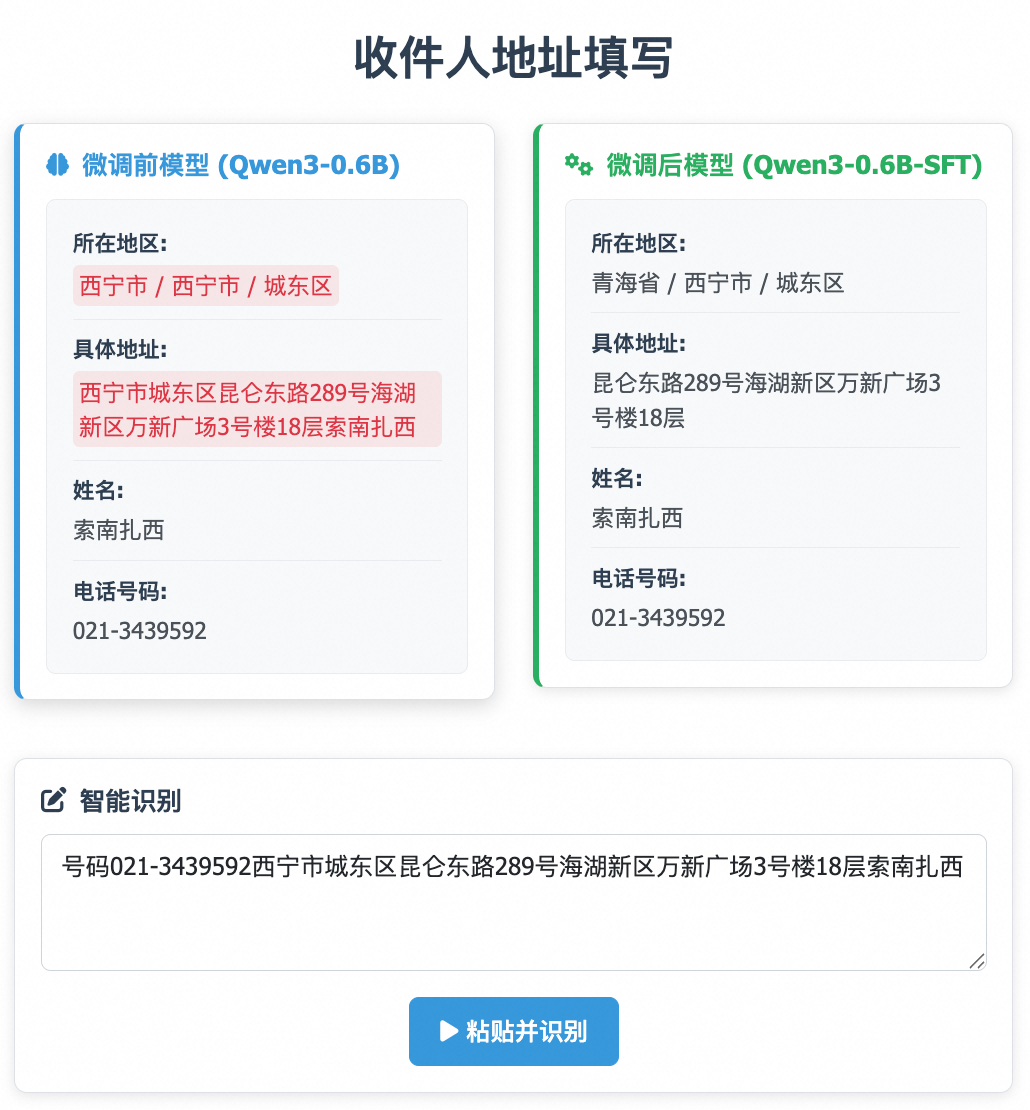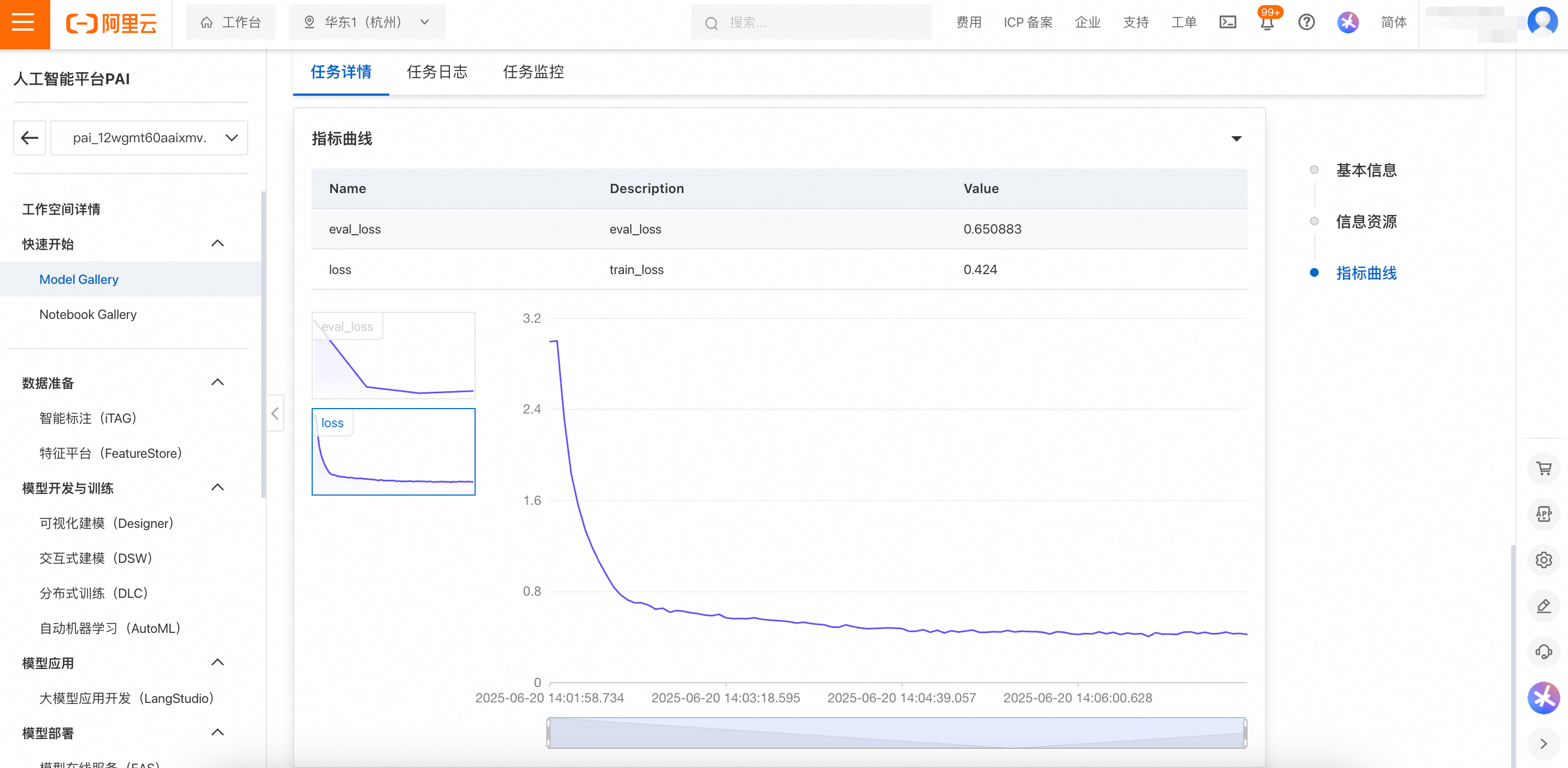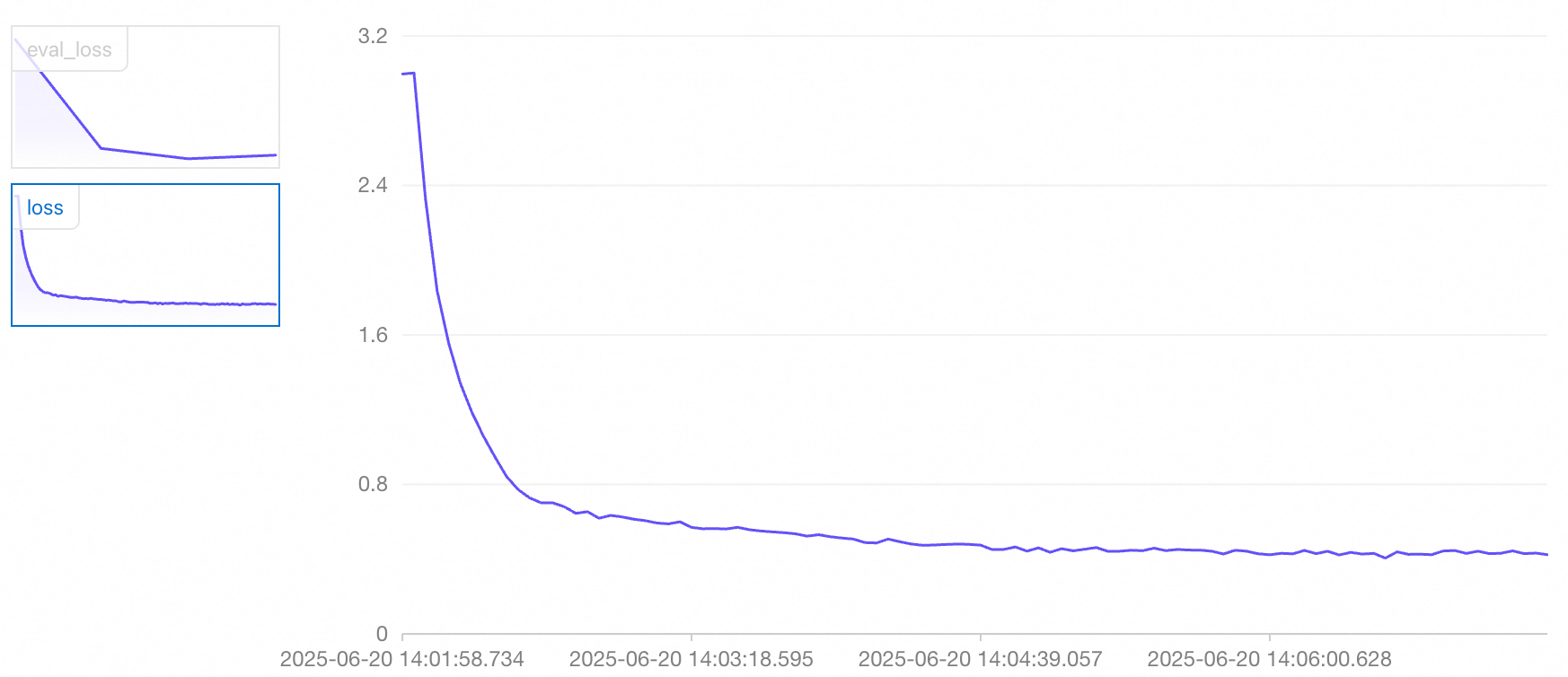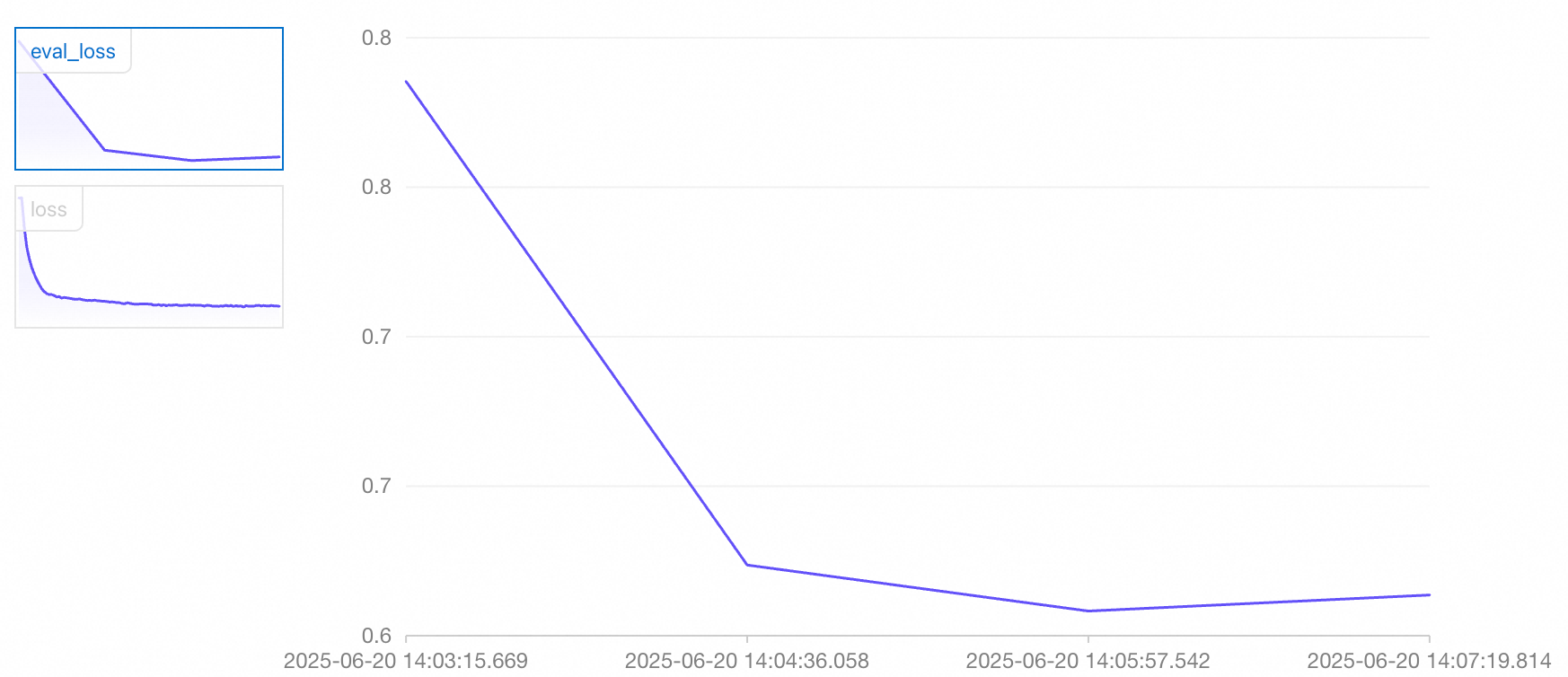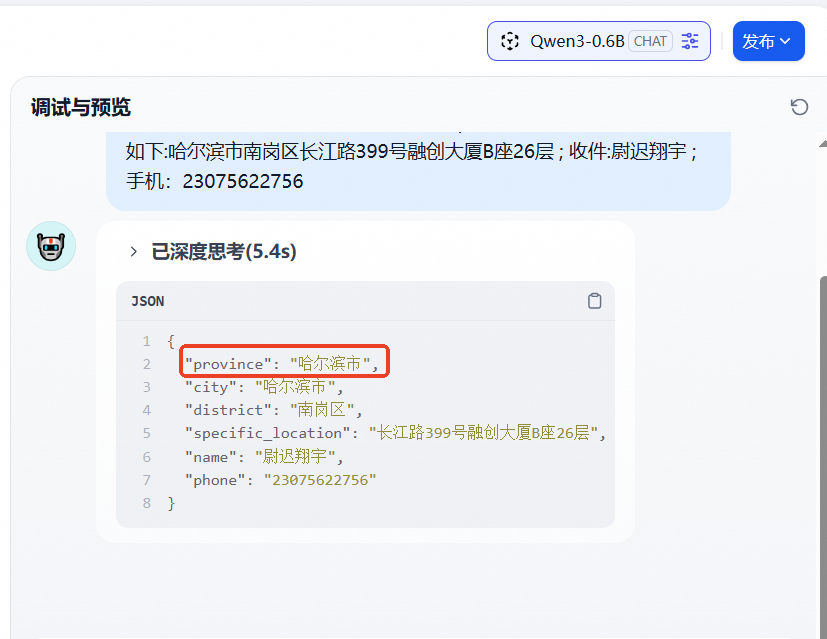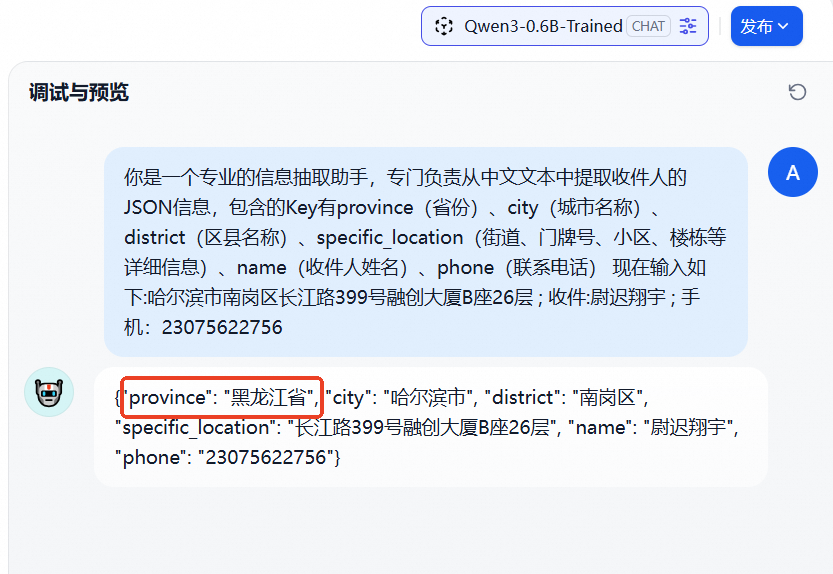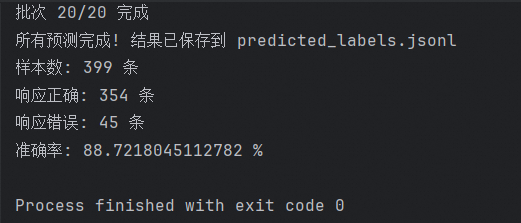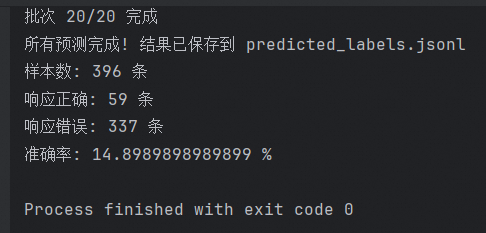1
2
3
4
5
6
7
8
9
10
11
12
13
14
15
16
17
18
19
20
21
22
23
24
25
26
27
28
29
30
31
32
33
34
35
36
37
38
39
40
41
42
43
44
45
46
47
48
49
50
51
52
53
54
55
56
57
58
59
60
61
62
63
64
65
66
67
68
69
70
71
72
73
74
75
76
77
78
79
80
81
82
83
84
85
86
87
88
89
90
91
92
93
94
95
96
97
98
99
100
101
102
103
104
105
106
107
108
109
110
111
112
113
114
115
116
117
118
119
120
121
122
123
124
125
126
127
128
129
130
131
132
133
134
135
136
137
138
139
140
141
142
143
144
145
146
147
148
149
150
151
152
153
154
155
156
157
158
159
160
161
162
163
164
165
166
167
168
169
170
171
172
173
174
175
176
177
178
179
180
181
182
183
184
185
186
187
188
189
190
191
192
193
194
195
196
197
198
199
200
201
202
203
204
205
206
207
208
209
210
211
212
213
214
215
216
217
218
219
220
221
222
223
224
225
226
227
228
229
230
231
232
233
234
235
236
237
238
239
240
241
242
243
244
245
246
247
248
249
250
251
252
253
254
255
256
257
258
259
260
261
262
263
264
265
266
267
268
269
270
271
272
273
274
275
276
277
278
279
280
281
282
283
284
285
286
287
288
289
290
291
292
293
294
295
296
297
298
299
300
301
302
303
304
305
306
307
308
309
310
311
312
313
314
315
316
317
318
319
320
321
322
323
324
325
326
327
328
329
330
331
332
333
334
335
336
337
338
339
340
341
342
343
344
345
346
347
348
349
350
351
352
353
354
355
356
357
358
359
360
361
362
363
364
365
366
367
368
369
370
371
372
373
374
|
import os
import asyncio
import random
import json
import sys
from typing import List, Dict
from openai import AsyncOpenAI
import platform
client = AsyncOpenAI(
api_key="sk-xxxxxxxxxxxxxxxxxxx",
base_url="https://dashscope-intl.aliyuncs.com/compatible-mode/v1"
)
provinces = [
"北京市", "天津市", "河北省", "山西省", "内蒙古自治区", "辽宁省", "吉林省", "黑龙江省",
"上海市", "江苏省", "浙江省", "安徽省", "福建省", "江西省", "山东省", "河南省",
"湖北省", "湖南省", "广东省", "广西壮族自治区", "海南省", "重庆市", "四川省", "贵州省",
"云南省", "西藏自治区", "陕西省", "甘肃省", "青海省", "宁夏回族自治区", "新疆维吾尔自治区"
]
recipient_templates = [
"收件人{name}", "收件人:{name}", "收件人是{name}", "收件:{name}",
"收件人为{name}", "{name}", "姓名:{name}", "姓名{name}",
"联系人{name}", "联系人:{name}", "接收人{name}", "接收人:{name}",
"收货人{name}", "收货人:{name}", "寄给{name}", "给{name}",
"收件者{name}", "收件者:{name}", "接收者{name}", "接收者:{name}"
]
phone_templates = [
"tel:{phone}", "tel:{phone}", "mobile:{phone}", "mobile:{phone}",
"手机号码{phone}", "手机号码:{phone}", "手机:{phone}", "手机{phone}",
"电话:{phone}", "电话{phone}", "联系电话{phone}", "联系电话:{phone}",
"号码:{phone}", "号码{phone}", "TEL:{phone}", "MOBILE:{phone}",
"contact:{phone}", "phone:{phone}", "{phone}", "call:{phone}",
"联系方式{phone}", "联系方式:{phone}", "电话号码{phone}", "电话号码:{phone}",
"手机号{phone}", "手机号:{phone}", "电话号码是{phone}", "联系电话是{phone}"
]
def generate_mobile():
prefixes = ['130', '131', '132', '133', '134', '135', '136', '137', '138', '139',
'170', '171', '172', '173', '174', '175', '176', '177', '178', '179',
'150', '151', '152', '153', '154', '155', '156', '157', '158', '159',
'190', '191', '192', '193', '194', '195', '196', '197', '198', '199']
return random.choice(prefixes) + ''.join([str(random.randint(0, 9)) for _ in range(8)])
def generate_landline():
area_codes = ['010', '021', '022', '023', '024', '025', '027', '028', '029', '0311', '0351', '0431', '0451']
area_code = random.choice(area_codes)
number = ''.join([str(random.randint(0, 9)) for _ in range(random.choice([7, 8]))])
return f"{area_code}-{number}"
async def generate_recipient_and_address_by_llm(province: str):
"""使用大模型生成指定省份的收件人姓名和地址信息"""
prompt = f"""请为{province}生成一个收件人的信息,包含:
1. 一个真实的中文姓名(可以是常见姓名,也可以是不那么常见的,要多样化)
2. 该省份下的一个城市名称
3. 该城市下的一个行政区名称(如区、县等)
4. 一个具体的街道地址(如路名+门牌号、小区名+楼栋号、商业大厦+楼层等,要真实)
请直接返回JSON格式:
{{"name": "收件人姓名", "city": "城市名", "district": "行政区名", "specific_location": "具体地址"}}
不要包含任何其他内容,只返回JSON。姓名要多样化,不要总是常见的张三李四。"""
try:
response = await client.chat.completions.create(
messages=[{"role": "user", "content": prompt}],
model="qwen-plus-latest",
temperature=1.7,
)
result = response.choices[0].message.content.strip()
if result.startswith('```'):
result = result.split('\n', 1)[1]
if result.endswith('```'):
result = result.rsplit('\n', 1)[0]
info = json.loads(result)
return info
except Exception as e:
print(f"生成收件人和地址失败: {e}, 使用备用方案")
backup_names = ["王建军", "李春燕", "张志华", "陈美玲", "刘德强", "赵敏慧", "孙文博", "周晓丽"]
return {
"name": random.choice(backup_names),
"city": f"{province.replace('省', '').replace('市', '').replace('自治区', '')}市",
"district": "市辖区",
"specific_location": f"人民路{random.randint(1, 999)}号"
}
async def generate_record():
province = random.choice(provinces)
info = await generate_recipient_and_address_by_llm(province)
recipient = random.choice(recipient_templates).format(name=info['name'])
if random.random() < 0.7:
phone = generate_mobile()
else:
phone = generate_landline()
phone_info = random.choice(phone_templates).format(phone=phone)
full_address = f"{info['city']}{info['district']}{info['specific_location']}"
components = [recipient, phone_info, full_address]
random.shuffle(components)
separators = [' ', ',', ',', ';', ';', ':', ':', '、', '|', '\t', '', ' ', ' | ', ' , ', ' ; ', '/']
separator = random.choice(separators)
if separator == '':
combined_data = ''.join(components)
else:
combined_data = separator.join(components)
return combined_data
async def generate_batch_data(count: int) -> List[str]:
"""生成指定数量的数据"""
print(f"开始生成 {count} 条数据...")
data = []
semaphore = asyncio.Semaphore(20)
async def generate_single_record(index):
async with semaphore:
record = await generate_record()
print(f"生成第{index + 1}条数据: {record}")
return record
tasks = [generate_single_record(i) for i in range(count)]
data = await asyncio.gather(*tasks)
return data
def save_data(data: List[str], filename: str = "recipient_data.json"):
"""保存数据到JSON文件"""
with open(filename, 'w', encoding='utf-8') as f:
json.dump(data, f, ensure_ascii=False, indent=2)
print(f"数据已保存到 {filename}")
async def produce_data_phase():
print("=== 第一阶段:开始生成收件人数据 ===")
batch_size = 2000
data = await generate_batch_data(batch_size)
save_data(data)
print(f"\n总共生成了 {len(data)} 条数据")
print("\n示例数据:")
for i, record in enumerate(data[:3]):
print(f"{i + 1}. 原始数据: {record}")
print()
print("=== 第一阶段完成 ===\n")
return True
def get_system_prompt():
"""返回系统提示词"""
return """你是一个专业的信息抽取助手,专门负责从中文文本中提取收件人的结构化信息。
## 任务说明
请根据给定的输入文本,准确提取并生成包含以下六个字段的JSON格式输出:
- province: 省份/直辖市/自治区(必须是完整的官方名称,如"河南省"、"上海市"、"新疆维吾尔自治区"等)
- city: 城市名称(包含"市"字,如"郑州市"、"西安市"等)
- district: 区县名称(包含"区"、"县"等,如"金水区"、"雁塔区"等)
- specific_location: 具体地址(街道、门牌号、小区、楼栋等详细信息)
- name: 收件人姓名(完整的中文姓名)
- phone: 联系电话(完整的电话号码,包括区号)
## 抽取规则
1. **地址信息处理**:
- 必须准确识别省、市、区的层级关系
- 省份名称必须使用官方全称(如"河南省"而非"河南")
- 直辖市的province和city字段应该相同(如都填"上海市")
- specific_location应包含详细的街道地址、小区名称、楼栋号等
2. **姓名识别**:
- 准确提取完整的中文姓名,包括复姓
- 包括少数民族姓名
3. **电话号码处理**:
- 提取完整的电话号码,保持原有格式
## 输出格式
请严格按照以下JSON格式输出,不要添加任何解释性文字:
{
"province": "省份名称",
"city": "城市名称",
"district": "区县名称",
"specific_location": "详细地址",
"name": "收件人姓名",
"phone": "联系电话"
}"""
async def predict_structured_data(raw_data: str):
"""使用qwen3-235b-a22b模型预测结构化数据"""
system_prompt = get_system_prompt()
try:
response = await client.chat.completions.create(
messages=[
{"role": "system", "content": system_prompt},
{"role": "user", "content": raw_data}
],
model="qwen3-235b-a22b",
temperature=0.1,
response_format={"type": "json_object"},
extra_body={"enable_thinking": False}
)
result = response.choices[0].message.content.strip()
if result.startswith('```'):
lines = result.split('\n')
for i, line in enumerate(lines):
if line.strip().startswith('{'):
result = '\n'.join(lines[i:])
break
if result.endswith('```'):
result = result.rsplit('\n```', 1)[0]
structured_data = json.loads(result)
return structured_data
except Exception as e:
print(f"预测结构化数据失败: {e}, 原始数据: {raw_data}")
return {
"province": "",
"city": "",
"district": "",
"specific_location": "",
"name": "",
"phone": ""
}
async def convert_data_phase():
"""转换数据格式并使用大模型预测结构化数据"""
print("=== 第二阶段:开始转换数据格式 ===")
try:
print("开始读取recipient_data.json文件...")
with open('recipient_data.json', 'r', encoding='utf-8') as f:
raw_data_list = json.load(f)
print(f"成功读取数据,共有 {len(raw_data_list)} 条记录")
print("开始使用qwen3-235b-a22b模型预测结构化数据...")
system_prompt = "你是一个专业的信息抽取助手,专门负责从中文文本中提取收件人的JSON信息,包含的Key有province(省份)、city(城市名称)、district(区县名称)、specific_location(街道、门牌号、小区、楼栋等详细信息)、name(收件人姓名)、phone(联系电话) 现在输入如下:"
output_file = 'recipient_sft_data.json'
semaphore = asyncio.Semaphore(10)
async def process_single_item(index, raw_data):
async with semaphore:
structured_data = await predict_structured_data(raw_data)
print(f"处理第{index + 1}条数据: {raw_data}")
conversation = {
"instruction": system_prompt + raw_data,
"output": json.dumps(structured_data, ensure_ascii=False)
}
return conversation
print(f"开始转换数据到 {output_file}...")
tasks = [process_single_item(i, raw_data) for i, raw_data in enumerate(raw_data_list)]
conversations = await asyncio.gather(*tasks)
with open(output_file, 'w', encoding='utf-8') as outfile:
json.dump(conversations, outfile, ensure_ascii=False, indent=4)
print(f"转换完成!共处理 {len(raw_data_list)} 条记录")
print(f"输出文件:{output_file}")
print("=== 第二阶段完成 ===")
except FileNotFoundError:
print("错误:找不到 recipient_data.json 文件")
sys.exit(1)
except json.JSONDecodeError as e:
print(f"JSON解析错误:{e}")
sys.exit(1)
except Exception as e:
print(f"转换过程中发生错误:{e}")
sys.exit(1)
async def main():
print("开始执行合并的数据处理流程...")
print("这个程序将依次执行两个阶段:")
print("1. 生成原始收件人数据")
print("2. 使用qwen3-235b-a22b模型预测结构化数据并转换为SFT训练格式")
print("-" * 50)
success = await produce_data_phase()
if success:
await convert_data_phase()
print("\n" + "=" * 50)
print("全部流程执行完成!")
print("生成的文件:")
print("- recipient_data.json: 原始数据列表")
print("- recipient_sft_data.jsonl: SFT训练格式数据")
print("=" * 50)
else:
print("数据生成阶段失败,终止执行")
if __name__ == '__main__':
if platform.system() == 'Windows':
asyncio.set_event_loop_policy(asyncio.WindowsSelectorEventLoopPolicy())
asyncio.run(main(), debug=False)
|

